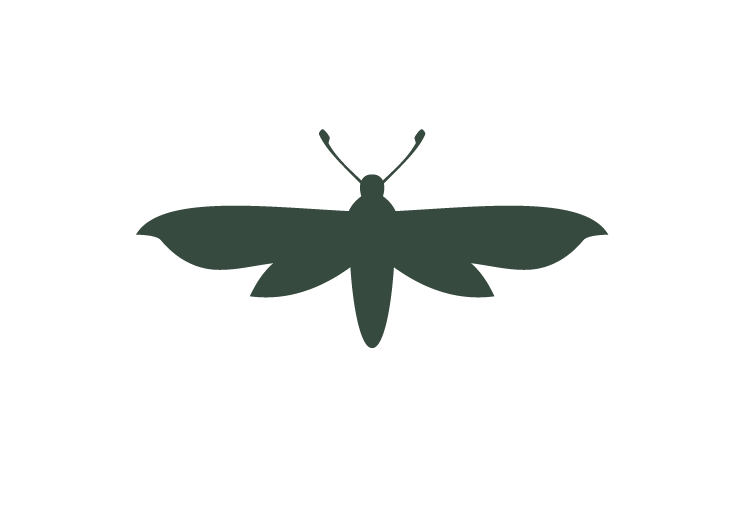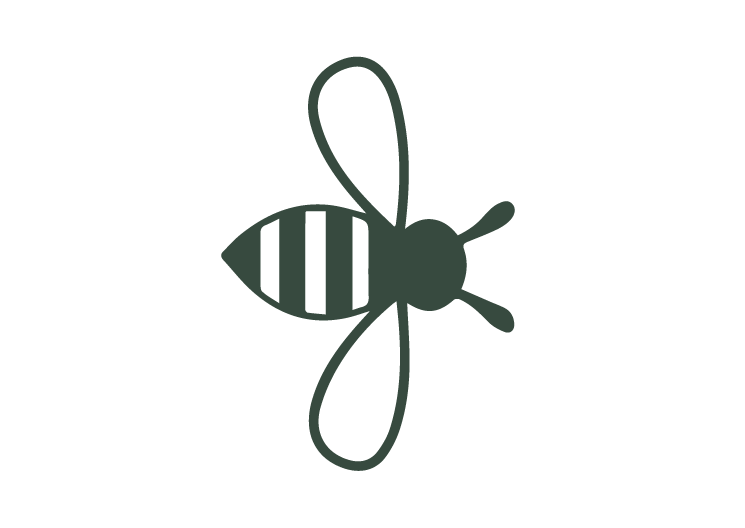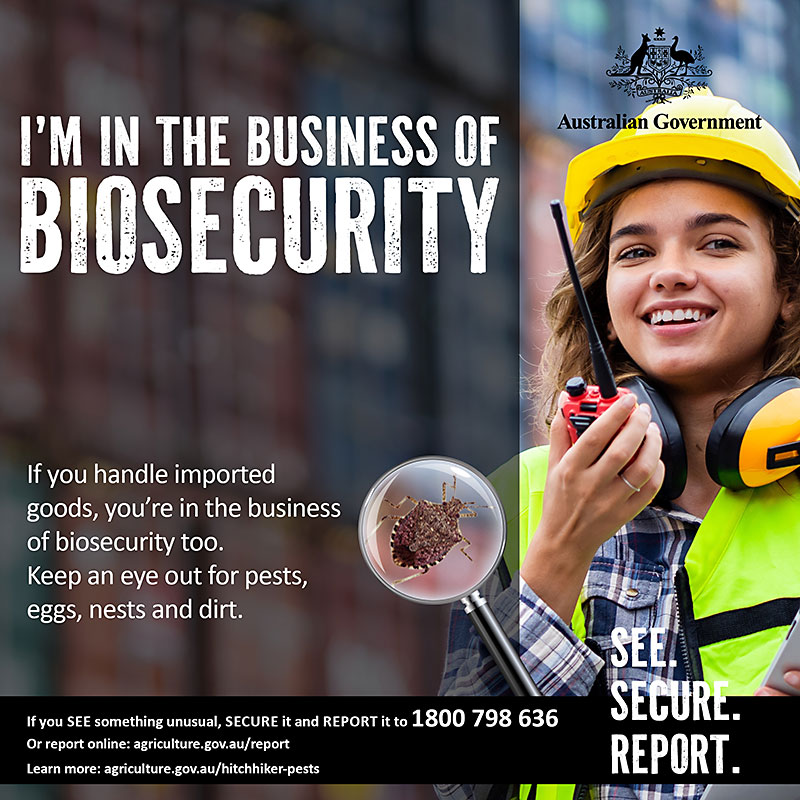The problem
Australia is currently free of some of the world’s most serious hitchhiker pests that threaten our industries, economy, environment and way of life.
This is because we have a strong biosecurity system that works to prevent pests entering and establishing here.
However, the risk of hitchhiker pests entering Australia is increasing due to climate change, intensification of agriculture, increased movement of people and products, and supply chain complexities. Pests are spreading around the world and are being found in increasing numbers on or within sea containers and imported goods.
An incursion of a hitchhiker pest in Australia could cost billions of dollars.


























